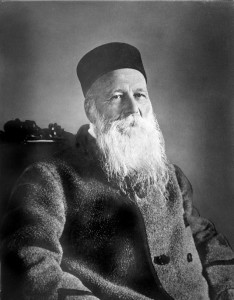If there is any comfort in this week’s publication of a Senate report on the Central Intelligence Agency’s post-9/11 treatment of terrorist suspects, it lies in the fact that torture and cruelty aren’t the common features of war that they once were. Unlike previous ages, the modern world has explicit standards of conduct, laid down by the Fourth Geneva Convention, to which almost 200 countries are now signatories.
The abuse of prisoners of war—whether for pleasure, to extract information or to demoralize the enemy—has been part of recorded history since at least the Assyrians in the first millennium B.C. In 875 B.C., King Ashurnasirpal II boasted, “Many captives…I burned with fire. From some I cut off their hands and their fingers, and from others I cut off their noses, their ears…of many I put out the eyes.”
The man behind the adoption of a universal moral code of warfare was the Swiss businessman Henri Dunant, the founder of the Red Cross. In the summer of 1864, spurred by the suffering he had witnessed after the Battle of Solferino (1859), Dunant brought together the representatives of more than a dozen governments. He invited them to become the first signatories of the original Geneva Convention. By December, 12 states had signed, including Italy, France, Sweden, Denmark and Spain. Britain followed in 1865, Russia in 1867, the U.S. in 1882.






